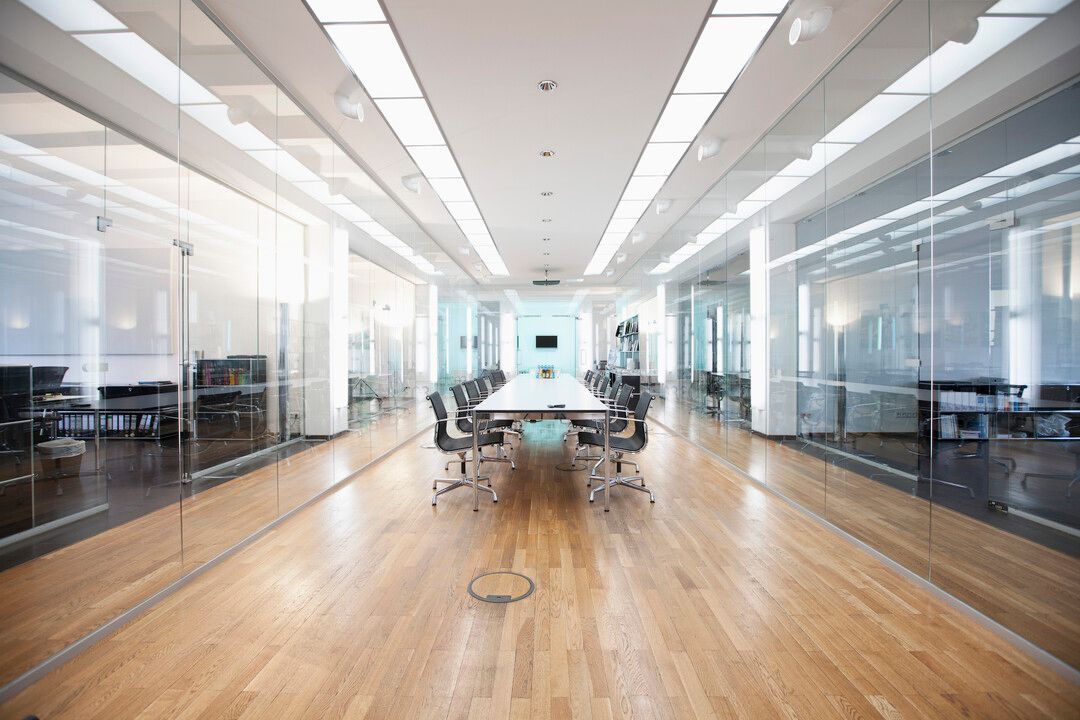Have we got in a Silo over Silos?
Once a quarter the Financial Times Board Network gathers together a group of senior leaders from a broad range of sectors, roles and sizes of business to take a deep dive into a theme of interest to the group. I really enjoy facilitating these sessions and always learn a lot from doing so.
June’s theme was “Silos” and drawing upon the combined wisdom and experience of those attending we addressed the following questions:
- How do we define silos?
- Why is the Silo meme not so positive?
- Is the current context reinforcing Silo behaviour in organisations?
- What are the potential costs and benefits of Silos;
- Have we got in a Silo over Silos and;
- What practical tips are there for dealing with Silos?
How do we Define Silos?
Ironically, the word Silo, derived from the Greek σιρός (Siros – A corn Pit) was originally used to describe a highly positive and collaborative concept. Silos were a shared resource of deep storage bins designed to provide protection from the outside world and to reduce risk through dividing up a harvest of grain.
They were collaborative in the sense that Silos were community based as well as community funded. Apart from the benefits of increased protection for valuable and vulnerable crops they also brought other benefits through cheaper storage for individual farmers as well as the ability to sell or to use over a longer period. A concept that has survived for over 4,000 years.
A Google search on Silos today reveals just under 300 million references. A trawl through the first thousand reveals a lot more written about organisational than agricultural silos. There’s also a far from positive meme with many tales of the frustrations felt by working in Silo’d organisations and lots of advice on how to bust them.
Classic descriptions of organisational Silos refer to them in a trope like way as a mindset or a culture of a team which is somewhat isolated from the rest of the organisation, resists external ideas, is prone to groupthink and is deeply loyal and territorial.
Traditionally the Silo tag has been ascribed to a place, function or division or operating unit, it might even be a board and an exec team being less joined up than they should be. Silos can also be generational groups or strategic partnerships and suppliers.
At the same time, there is a general appreciation of the power of tightly focused and tight knit groups that have clarity of purpose and a high degree of autonomy. Especially when you want to get something done or to innovate.
Why is the Silo meme not so positive?
The short logical answer would be that it is generally felt that despite the logic of the power of focus that power is undermined by some of the more negative basic instincts of our human behaviour. It’s also possible that a deeply entrenched narrative is hard to shift and in our internet age whenever people do their research in order to write about silos they cut and paste from the mass that’s already there. So, could it be that we are in a classic groupthink Silo over Silos!
Is the current context reinforcing Silo behaviour in organisations?
Increased volatility and uncertainty generally increases anxiety. Reduced social interaction with colleagues outside our team combined with a combination of working from home and technological development may also be reinforcing factors. So, it’s quite possible that the current context may be boosting Silos rather than busting them.
Unlikely partnerships that spell success (2022), a paper from SAP Concur, identified a number of dream collaborations between what some might consider traditionally Silo’d functions. Yet they also highlighted that “71% of HR leaders are more concerned about employee collaboration than they were before the pandemic”.
What are the potential costs and benefits of Silos?
The costs were summarised as:
- The negative aspects of territorial behaviour.
- Unhelpful Memes and caricatures developing about groups and individuals.
- Silo groups being harder to join with heightened risk of organ rejection.
- Increased risk arising from a lack of objectivity & diversity of thought.
- Silo groups can easily become echo chambers with higher levels of Group think and lower levels of diversity. They may well be highly inclusive for those in the group but hostile for those who interact with them.
- The strong “Anchors” that Silo groups depend upon inevitably lead to greater risk of Anchoring bias in decision making. “HR are useless, Finance are the say no department” etc.
- There is frequently an unwillingness to share information outside the group resulting in it taking longer for others to get things done when Silo’d groups are involved.
- Unity and loyalty to the group are valued more highly than performance.
- Historically, creating reinforcing Silo thinking has been a useful tool for despots to divide and rule and can feed despotic tendencies in leaders.
There was a shorter list of benefits but some of them were highly positive including:
- Providing a sense of Identity, Security, Unity, Safety, and Predictability for those in it.
- The positives of territorial behaviour and a “Stronger Together”, more supportive culture.
- Increased energy and conviction arising from higher levels of competitiveness.
- Easier to reach a common goal and alignment behind it.
- Easier and faster to mobilise especially for more task-based activities.
- Increased focus.
According to Unlikely partnerships that spell success (2022) organisations are 5 times more likely to be high performing if they promote collaborative work. Encouragingly, they also highlighted that “82% of CFOs in the survey said that they collaborate more with their CIO peers than 3 years ago” and that there was “43% higher workforce productivity in companies where the CFO and HR are strong collaborators”.
The bottom line feeling from the group at the FT session was that there’s a spectrum from a “Healthy Focus” to a “Destructive Bunker” mentality and that it is far too simplistic to think of Silos as wholly negative. It’s down to the leadership to create the right culture, communications plumbing and incentives to achieve the relevant balance for the organisation.
So have we got in a Silo over Silos?
As a group we agreed that we have and we challenged whether “Silo Busting” was a healthy mindset. We thought that it would be better to have a “Maximin” approach to silos. Maximising the positive aspects and driving out the bad.
What practical tips are there for dealing with Silos?
Here are a few of the things that I and the FT group found to have worked well?
- Being clear as a board and executive leadership team about what culture you want and why that will lead to stronger performance and stakeholder engagement.
- Having the self-awareness, processes and metrics to understand what culture you have got. The more evidence driven the better.
- Review KPIS to ensure that they are encouraging positive collaboration between highly focused groups and not reinforcing the negative aspects of Silos.
- Acknowledging and rewarding positive behaviour as well as acknowledging and sanctioning negative behaviour.
- Seeing investing in connecting activities for highly focused tight knit teams as a critical investment and doing so with a “Return On Investment” mindset rather than a “Budget” one. This will also help focus on the things that make a difference and help drive out superfluous, superficial and unproductive activity.
- Two decision aids which help where you have Silo chiefs making a collective decision. The aim being to encourage Silo leads to set an example by being more transparent, resolving differences more quickly and being more supportive of each other:
- Instead of simply saying “Yes” to a decision, or what has become common in virtual meetings a “Thumbs Up”, use the “Fist of Five” approach. Use a closed fit to indicate “No Way”. An index finger (and absolutely not your second one), to signal that you see major issues. Two fingers (palm side!) to say you see some minor issues but they need to be resolved now. Three fingers to show that you see some minor issues but they can be resolved later. Four fingers to indicate that you are fine with the decision and Five to show you are very enthusiastic and will champion it.
- Use “Decision Dens”, effectively a version of the classic “Dragons Den” but more supportive. Here you assemble a small group of leaders from different functions and places at short notice to make a decision which matters a lot to one of the group.
My simple aim in writing this article was to stimulate thought and comment on the many perspectives and ways to manage Silos for maximum impact and minimum damage. Please share and add your thoughts to the conversation.
Patrick Dunne OBE
Experienced Chair and author of the award-winning book Boards.
This article has been sponsored by SAP Concur – industry-leading technology that automates travel, expense and invoice spend processes. The fee will be donated to Leap Confronting Conflict which provides young people with the skills to effectively navigate the conflict in their lives.









